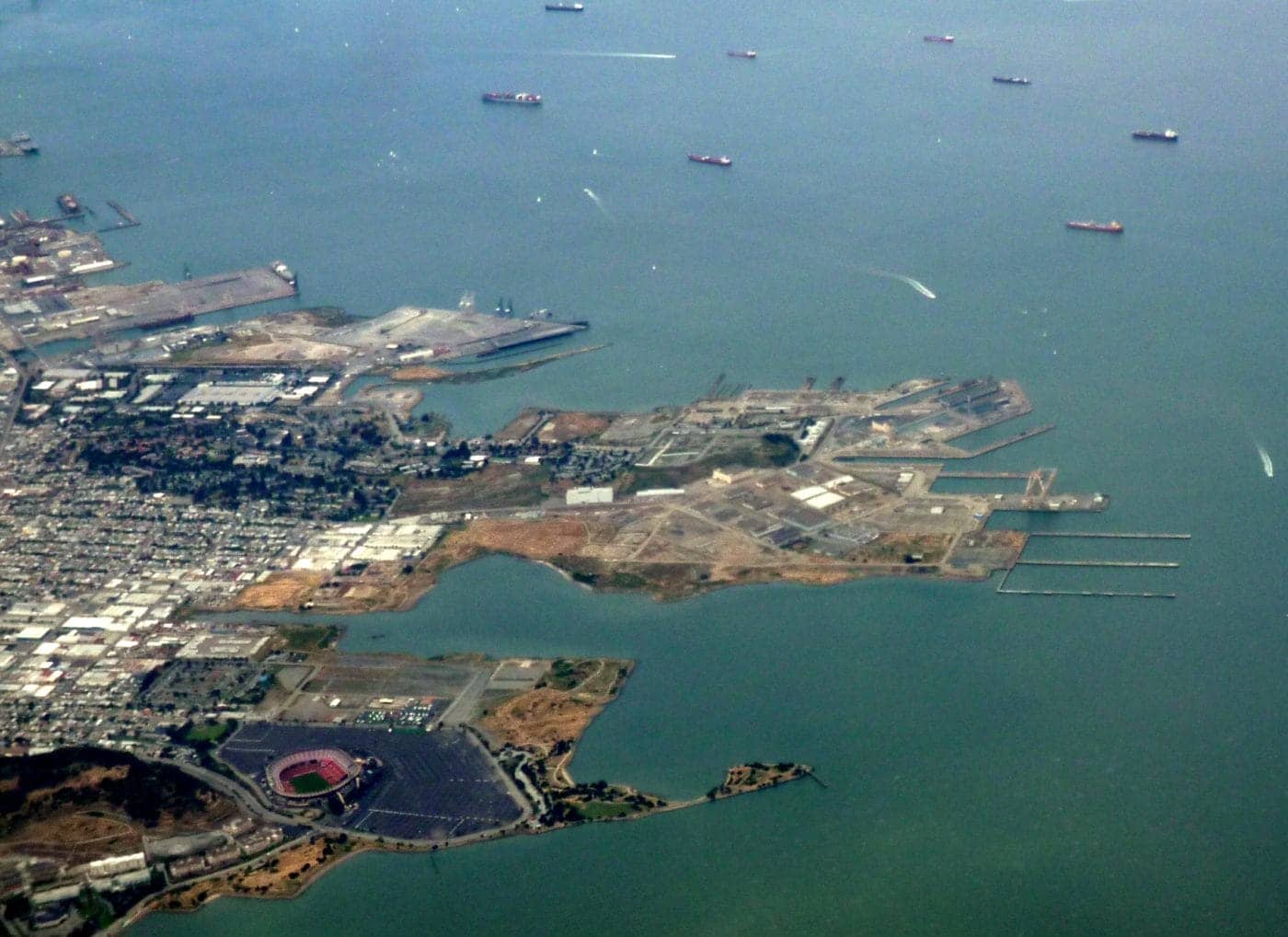
How human biomonitoring is detecting toxins from a federal Superfund site in nearby residents and workers
by Ahimsa Porter Sumchai MD, PD, Medical Director and Principal Investigator, Hunters Point Community Biomonitoring Program
“If you drink from a bottle marked ‘poison,’ it is certain to disagree with you!” – Lewis Carroll, “Alice in Wonderland”
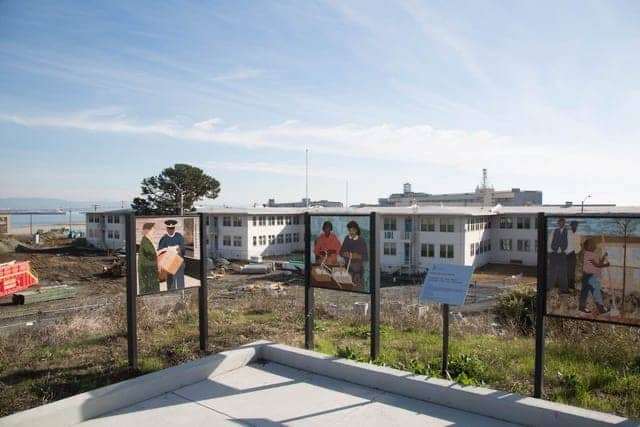
The Parcel E-2 landfill lies within 800 feet of homes and playgrounds in Hunters Point. The temperature was 93 degrees on Aug. 16, 2000, when shipyard workers and residents witnessed green, yellow and orange flames erupt from the landfill.
At 11:30 a.m., base security activated federal firefighters, who extinguished the surface fire over 48 hours. It smoldered underground for weeks fueled by volatile gases, flammable building materials, trash and debris beneath the landfill surface and reignited on Aug. 24, 2000.
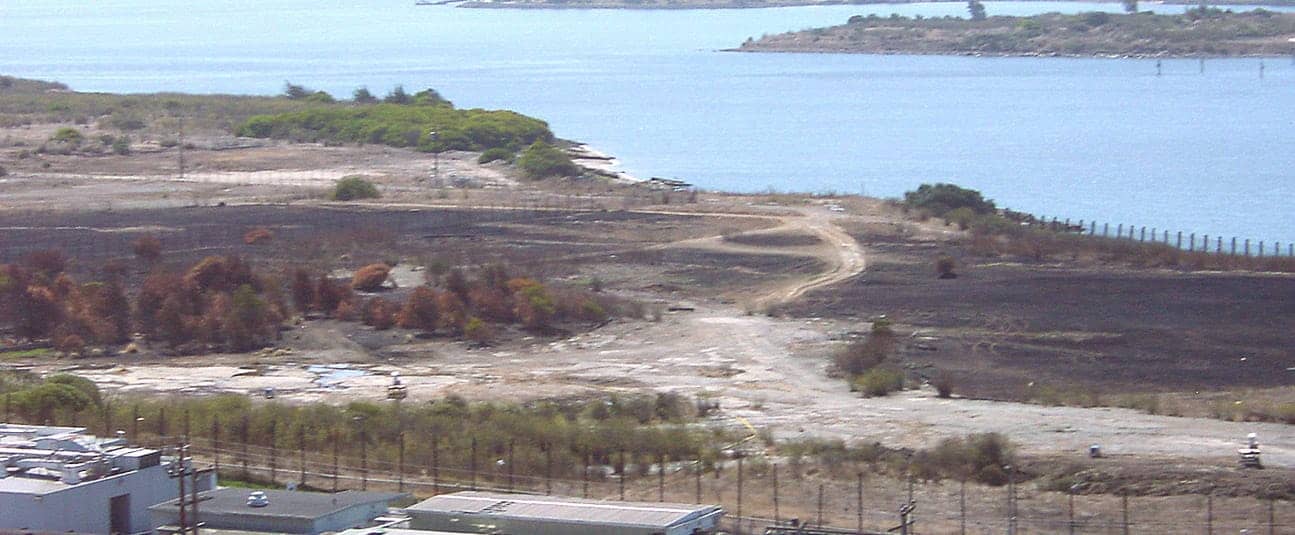
A landfill is like an abscess beneath the “skin” of the earth, a toxic dump where dead and dying elements of transmissible disease are buried and contained. Landfill systems are the oldest form of waste disposal, consisting of layered soil, synthetic covers and bottom liners designed to protect nearby neighborhoods from exposure to dangerous chemicals, decomposing organic matter, flammable trash, wastewater and odorous “biogas” like methane and hydrogen sulfide.
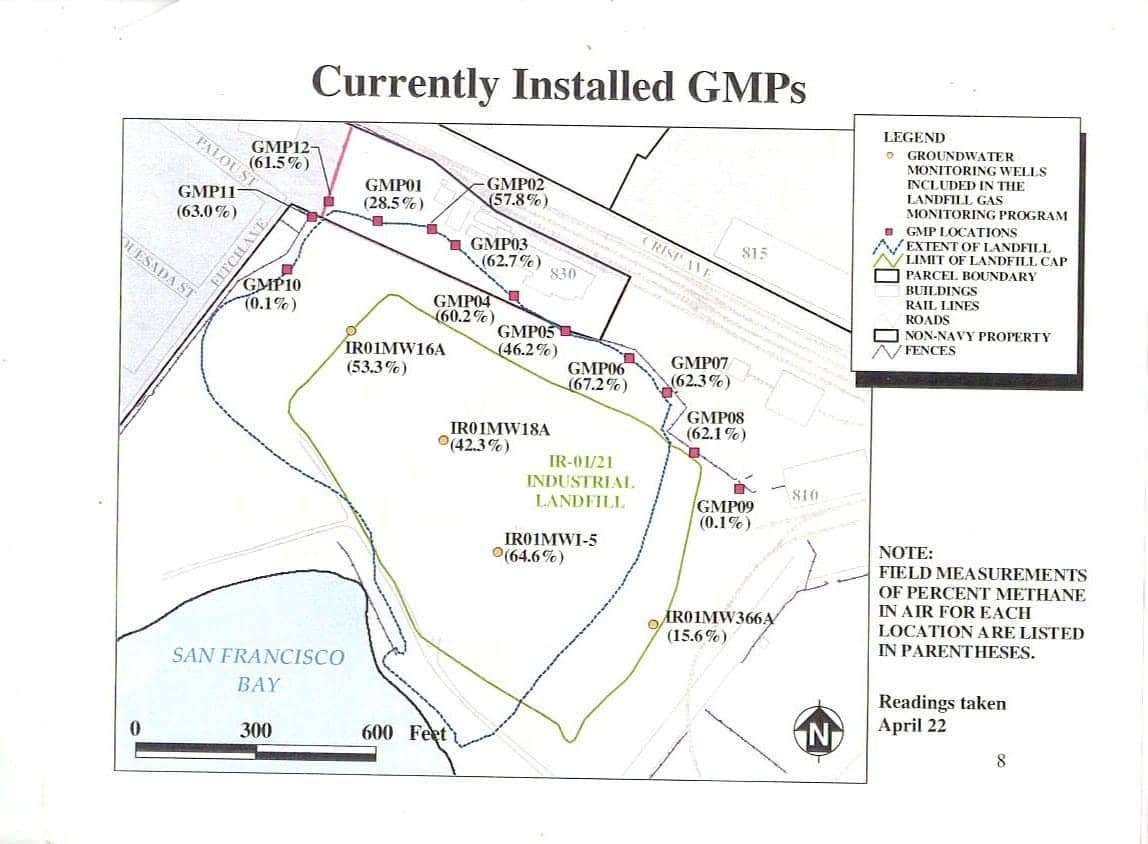
Methane is the most common landfill biogas. In concentrations greater than 50 percent in air, it is explosive, suffocating and 25 times more powerful than carbon dioxide as a cause of global warming.
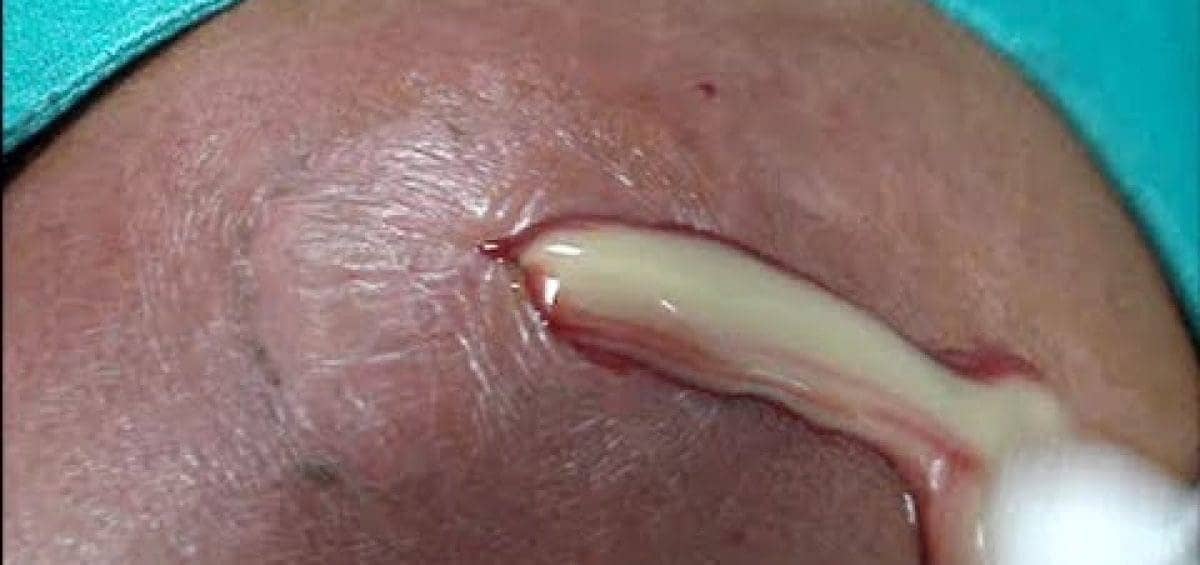
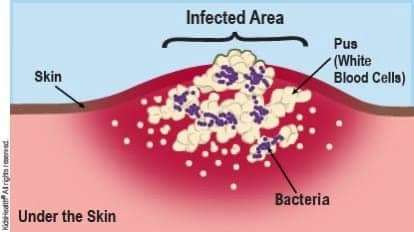
Like putting a band-aid on top of an abscess, landfill covers do not protect healthy “tissue” from lateral migration of their buried contents and are unstable in earthquake liquefaction zones. When vented and released, landfill gases carry dangerous chemicals to the surface in what is termed “an entourage effect.”
And like a deep tissue abscess, landfill systems will not promote “healing” until they are excavated and removed.
The Parcel E-2 landfill occupies a horseshoe shaped region of the shipyard shoreline that drains like a toilet into the South Basin of San Francisco Bay. By 1946, radioactive sandblast and waste were regularly dumped into this pit on the southern shoreline that varies in depth from 2 to 32 feet.
The dumping began before environmental laws required bottom liners in landfill systems. As a result, the landfill connects with toxic groundwater flowing into San Francisco Bay and borders the 800 series building complex that housed the Naval Radiological Defense Laboratories from 1946 to 1969.
A worker who witnessed the landfill ignite on Aug. 16, 2000, remains employed by UCSF at the Building 830 lab animal compound adjacent to the landfill. In March of 2020 he requested a biomonitoring evaluation driven by persistent fear he was being exposed to dangerous chemicals in the landfill.
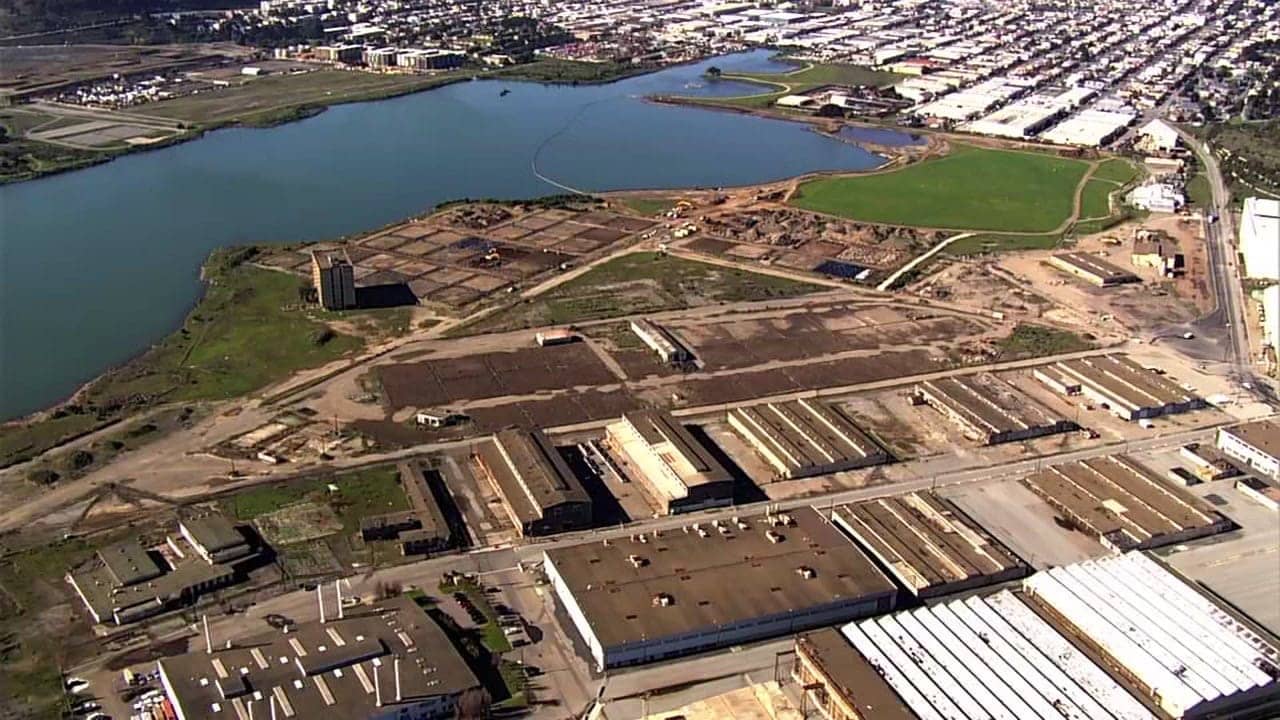
Urine toxicology screenings conducted on 12 Building 830 workers to date have detected toxic concentrations of numerous elements including arsenic, uranium, strontium, thallium, manganese, vanadium and heavy metals.
The Environmental Protection Agency (EPA) requested the Agency for Toxic Substances and Disease Registry (ATSDR) to conduct a Human Health Risk Assessment to analyze potential health risks to residents caused by exposure to products of combustion from the August 2000 landfill fire.
Seven months later ATSDR completed its report. Using air monitoring data obtained 15 days after the surface fire was extinguished, on March 2, 2001, ATSDR acknowledged the potential for short term health effects from exposure to the landfill fire in the low income, 89 percent ethnic minority Hunters Point community with its known health disparities linked to toxic exposures.
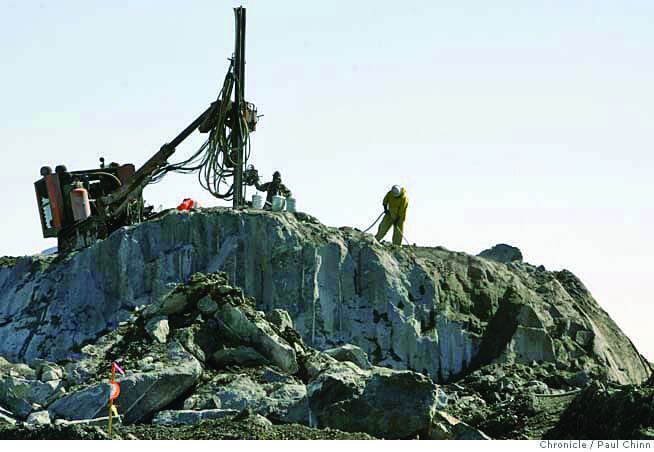
Who you gonna call?!
Biomonitoring detects pollution in people! The Hunters Point Community Biomonitoring Program launched as a pilot medical screening and research project in January of 2019, designed to offer residents and workers, on and adjacent to the federal Superfund site at the Hunters Point Naval Shipyard (HPNS), low cost urine toxicology screening and in-depth medical and environmental analysis along with referrals to top toxicologists, public health officers and UCSF environmental medicine doctors.
The Genova Diagnostics Comprehensive Urine Elements Profile (CUEP) is a simple low cost urine screening that detects up to 35 potentially toxic elements, including heavy metals and radionuclides known to be present at HPNS. The CUEP relies on mass spectrometry – an analytical tool that measures the mass to charge ratio of ions, then separates the ions by passing them through electric and magnetic fields so they fan out into a spectrum.
The test is completed within seven days and is covered by Medicare, Tricare and the San Francisco Health Plan. The out of pocket cost of the test is $129. Private insurers pay $50 towards the cost of testing.
Additionally, the CUEP detects nutritional deficiencies in high-risk low-income Hunters Point residents. Deficiencies in iron, potassium, calcium, magnesium and zinc are common and easily corrected through dietary counseling and nutrient supplements.
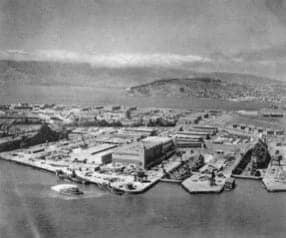
All Hunters Point residents and workers screened to date have chemicals detected in toxic concentrations by the CUEP. Manganese has been detected in the toxic range in 100 percent of CUEP screenings. Vanadium has been detected in elevated concentrations in the majority of CUEP screenings.
Manganese is a natural component of serpentinite rock, the geologic bedrock of the Hunters Point hilltop. Manganese exists as a stable element and as 18 gamma emitting isotopes. Vanadium is an alpha emitter generated by the production of high-speed steel tools.
Vanadium was first detected in four members of a nuclear family living at the southwestern tip of HPNS including a 15-year-old boy. When inhaled in toxic dust, vanadium inflames the upper airway and nasal mucosa causing headaches and nosebleeds. Two members of the family of four reported headaches and nosebleeds.
Many of the elements detected by HP Biomonitoring are chemicals of concern in Parcel A soils documented in Navy remediation documents. Products of nuclear fission, including uranium, thallium and strontium have been detected in Building 830 workers and Hunters Point residents. Arsenic, in alarming concentrations, was detected in residents living in the South Basin region and an on-site worker at Building 830.
A worker at Building 830 requested biomonitoring evaluation and screening. Her CUEP detected uranium in concentrations 17 times greater than the reference range. Additionally, toxic elevations of barium, copper, iron, manganese, vanadium and zinc are detected on her CUEP.
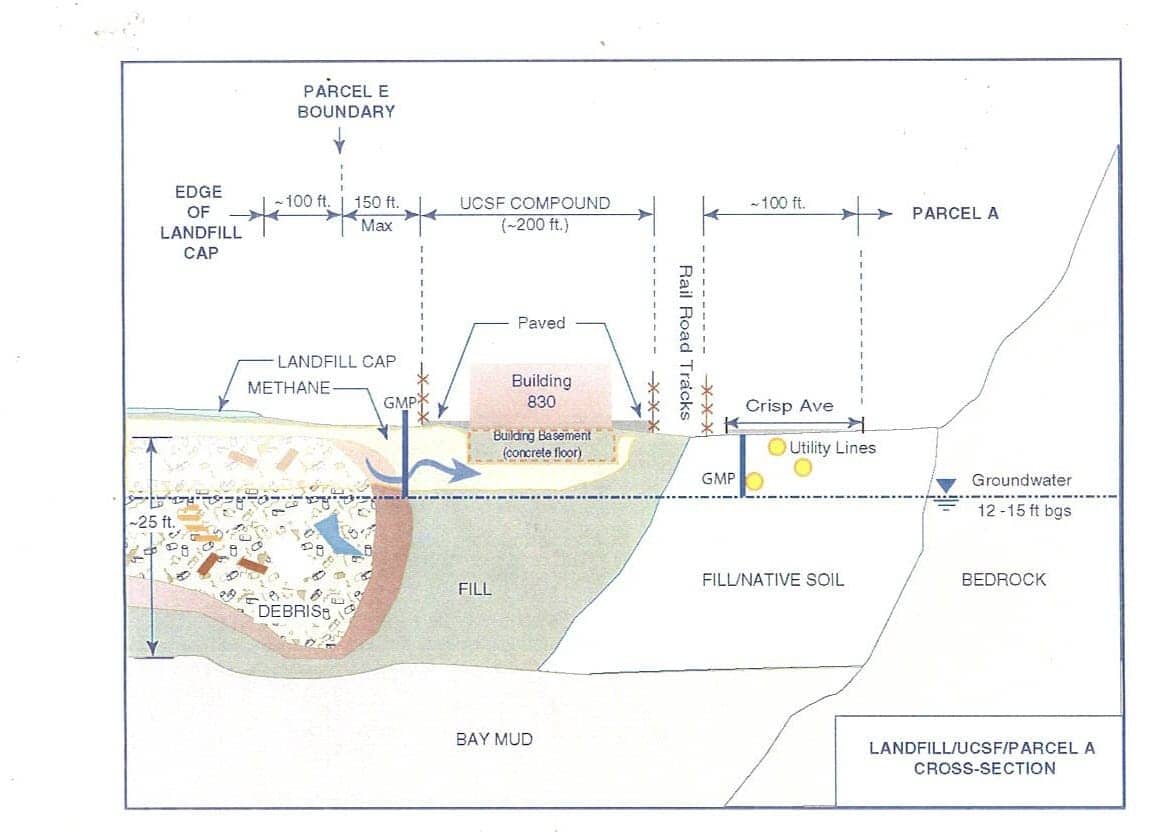
This is referred to in human biomonitoring as an increased body burden of toxic chemicals. The findings of her urine toxicology screen were verified by a toxicologist consulted by San Francisco Chronicle writer Jason Fagone and archived by the California Regional Poison Control Center.
The CUEP detects toxic elements in the column on the left. These are elements that serve no useful physiological role in the human body and can be lethal in concentrations above the Tentative Maximum Permissible Level or TMPL shaded red.
The right hand column consists of nutrient elements. These are detected in the human body within a normal range causing health effects when present in concentrations too low or too high. The best example of a nutrient element is potassium. Radioactive K-40 is abundant in soils and is a signature element at the Hunters Point Naval Shipyard.
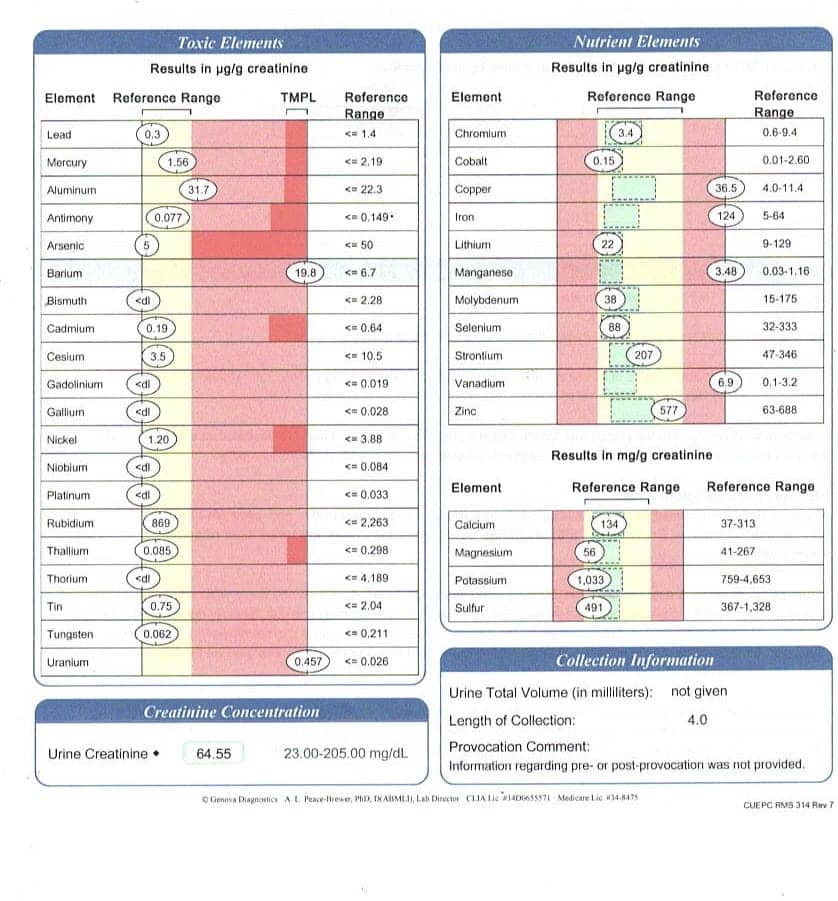
Potassium concentrations can be low in people who are deficient due to the use of diuretics for high blood pressure or heart failure. Diuretics promote fluid and potassium loss by the kidneys. Potassium is essential for muscles to contract and low potassium levels cause muscular weakness and fatigue. In toxic concentrations high potassium can be fatal and is used in lethal injections to stop the heart from beating.
HP Biomonitoring detected potassium in toxic concentrations in the urine of a Hunters Point resident screened during an asthma attack likely triggered by inhaling toxic dust.
The Navy performed biomonitoring studies at HPNS published in the 2001 Parcel F Human Health Evaluation Work plan. The work plan analyzed chemicals in fish and shellfish caught offshore from the shipyard in the sediment and underwater regions of Parcel F and used biomonitoring to detect elevated concentrations of mercury and organic compounds including pesticides and PCBs. The Navy did not test for radionuclides and major heavy metals.
But how does the landfill get into my body, you ask?
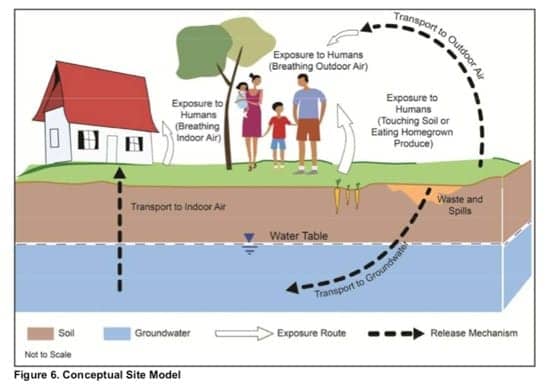
The major route of exposure to HPNS residents and workers is through inhaling toxins in dust from shipyard construction and remediation. This occurred during the grading of the Parcel A hilltop that began in 2005 by releasing tons of particulates and chemicals present in the serpentinite bedrock including asbestos, manganese, nickel and zinc.
The detection of manganese in 100 percent of residents and workers screened by HP Biomonitoring can only be explained by this massive release.
An asthma attack in Hunters Point
A retired educated professional woman has lived for 30 yearS in a home she owns on the Hunters Point hilltop near Whitney Young Circle west of the Hunters Point Naval Shipyard. She presented for biomonitoring evaluation in the winter of 2019 during an acute asthma attack.
She reports her asthma is triggered by breathing dust she sees in her environment and that she feels bronchospasm “half the time.” She was pallorous and audibly wheezing on arrival and was referred urgently to Mission Bay for medical treatment and evaluation and told to use her inhaler.
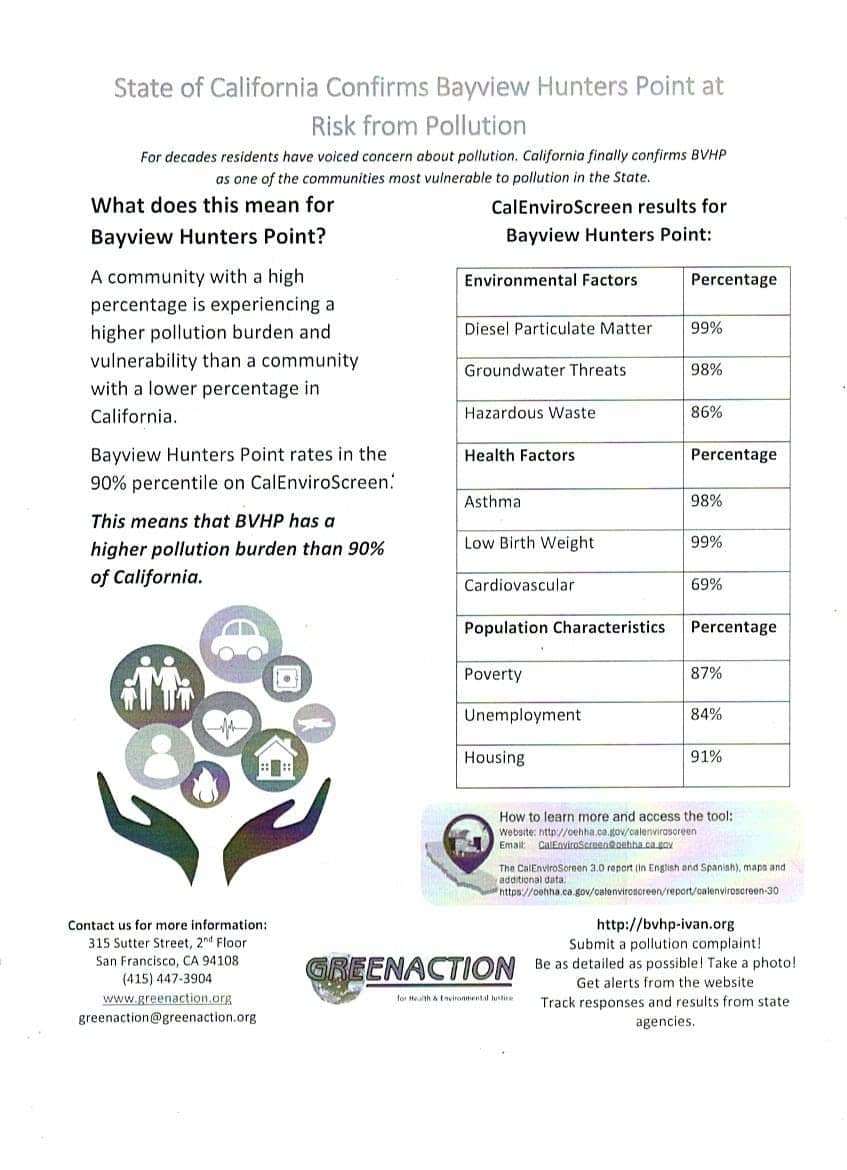
A CUEP screening was performed and documents the presence of numerous chemicals in Parcel A soils along with radioactive elements rubidium and thallium. Thallium is a product of the slow fission of uranium used industrially at HPNS to kill rodents.
The CUEP also detected multiple soil elements in toxic concentrations including potassium and lithium. Lithium carbonate is an element in the earth’s crust used medicinally to treat bipolar mood disorders.
The resident is not prescribed lithium or potassium supplements and the finding of signature shipyard soil elements on this CUEP screening supports the clinical conclusion her asthma attack was triggered by inhaling toxic dust.
HP Biomonitoring has conducted voluntary urinary screenings on 14 residents to date living within a one-mile radius of HPNS in addition to screening 12 workers in Building 830. Raymond Tompkins serves as HP Biomonitoring Environmental Health Educator and Pollution Mapping Scientist. He graphs the addresses of residents to determine that they live within a one mile radius of the federal Superfund site:

UCSF workers in Building 830 have organized to address the occupational risks they face in a work environment located 25 feet from the Parcel E-2 landfill. Stella Miranda requested Cal/OSHA Division of Occupational Safety protect the health and safety of the workers and was told they lack jurisdiction, likely because the building remains in federal government control having been designated a FUDs – formerly used defense site.
Speaking on SoundCloud at Work Week radio, Miranda described efforts by UCSF managers to minimize occupational exposure, reduce liability and suppress health effects seen in workers including occupational asthma.
SF Bay View Health and Environmental Science Editor Ahimsa Porter Sumchai MD, medical director of the Hunters Point Community Biomonitoring Program, founding chair of the Hunters Point Naval Shipyard Restoration Advisory Board’s Radiological Subcommittee and contributor to the 2005 Draft Historical Radiological Assessment, can be reached at asumchai@gmail.com. Dr. Sumchai is also president and medical director of Golden State MD Health & Wellness, an author and a UCSF and Stanford trained researcher.





